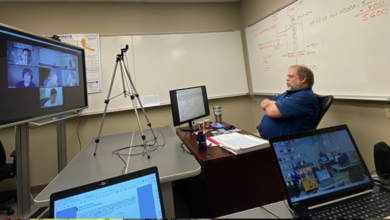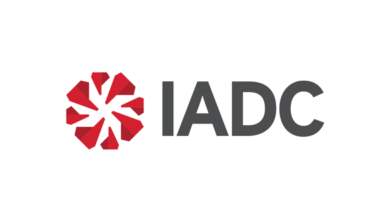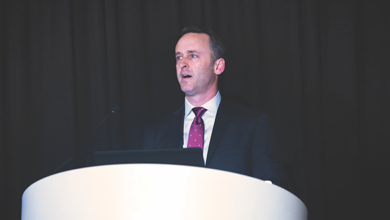Critical issues in drilling & completions
Q&A’s with industry leaders show they’re focused on reducing environmental footprint, leveraging digital technologies for tangible value, and attracting the next-generation workforce
By Linda Hsieh, Editor & Publisher
In the 12 years since DC began conducting the “Critical Issues in Drilling & Completions” interviews, climate change has never been discussed in these Q&A’s as much as it was this year. Clearly, society’s expectations around the need to reduce carbon emissions is influencing the drilling business, its social license to operate, as well as investor demands for more corporate social responsibility.
“When we talk internally about challenges, the biggest one we’re looking at right now is this idea of climate change and how it’s affecting our business, as well as the industry in general,” said Sean Halloran, VP of Wellsite Technology for Ensign Energy Services. “We recognize that shareholders want to see more of a carbon-neutral investment.”
Operators, too, are carefully weighing their next steps, especially when it comes to how companywide goals around emissions reduction will impact their drilling operations and contractors. Total, for example, says it is working to precisely map its emissions from drilling and wells.
“We’ll soon likely be taking things like CO2 emissions into consideration when we perform competitive analyses of our contractors,” said Xavier Rouzeaud, Deputy VP Drilling & Wells for Total. “Eventually we’ll also set maximum acceptable emissions for them.”
Automation and digitalization remain another key topic, as industry leaders continue to grapple with how to extract substantive value from these new technologies.
“We still need to better define the problem we’re trying to solve,” said Bernie Wolford, CEO of Pacific Drilling. “I’m not arguing the value proposition of digitalization or automation technologies but rather the need to invest where it delivers tangible value with sound near-term economics.” Part of that will certainly involve figuring out ways for drilling contractors to better share in the value created by their performance gains.
Finally, workforce development is once again recognized as a critical challenge. Competition for top talent from other industries is strong, so drilling companies will have to invest in outreach efforts, as well as evaluate their internal mechanisms for employee retention.
“A lot of young people today don’t necessarily want to go into an industry like ours,” said Anthony Gallegos, President and CEO of Independence Contract Drilling. “To attract and retain young talent, I think there has to be alignment from the rig manager all the way up to the CEO, and you need to provide your employees with a pathway and tools for career advancement.”
Visit the links above to find out more about what these industry leaders see as the most critical challenges facing the drilling business today. DC





